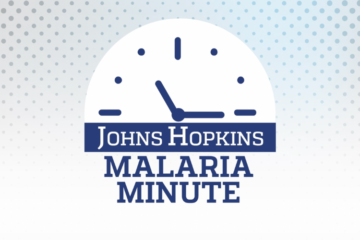The Latest Malaria News, in 60 Seconds.
Scientists characterise Myosin A motor to assess its importance in parasite mobility and researchers stress the need to evaluate both the quality and quantity of induced antibodies to determine vaccine efficacy.
Malaria Minute on iTunes and Spotify
Transcript:
The mobility of the malaria parasite relies on a macromolecular complex called the glideosome, of which a particular compound, Myosin A motor, plays a crucial part. New research has characterised Myosin A’s structure and found that the priming of it in the early stages of infection results in specific lever arm and motor domain interactions that allow for more effective parasite movement. Targeting these molecules could, therefore, prevent the escalation of infection.
It’s long been understood that the amount of antibody that a vaccine produces is a strong indicator of its efficacy. New research has found that changing the dosing pattern of the RTS,S malaria vaccine offered greater protective immunity but did not change the concentration of antibodies. These results emphasise the need to evaluate both the quality and quantity of the antibodies as a more reliable indicator of vaccine success.
Sources:
Image Credits: CDC/ Dr. Mae Melvin [22817]
Scientific Advisor: Elena Gómez-Díaz, Institute of Parasitology and Biomedicine, Spain


